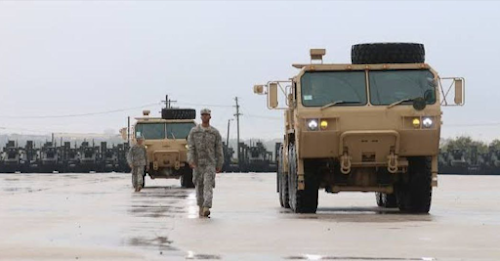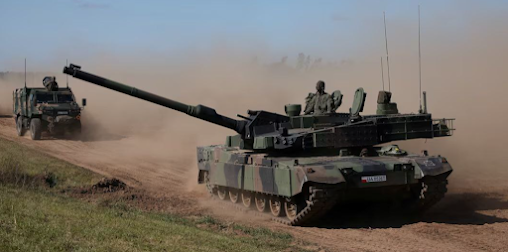43 million to rethink the helicopter
The US Army has signed a $43 million contract with Sikorsky, a subsidiary of Lockheed Martin. But we are not talking about new helicopters — the money will be used to modernize the existing UH-60 Black Hawk. The goal is not just to update electronics, but to completely change their role. Now these vehicles should become not only transport, but real mobile bases for drones.
This is not fiction. This is the beginning of a new tactic, where one pilot controls not only a helicopter, but also a whole network of drones around.
How Black Hawk will become a Mother for drones
The essence of the upgrade is to install a digital platform that will allow the helicopter to connect, launch and control several drones simultaneously. Imagine a Black Hawk flying at low altitude, surrounded by a swarm of drones that scout ahead, pick up signals, mask a helicopter, or even attack targets.
The military calls it "drone mothership." Black Hawk turns into a command hub that not only carries soldiers, but projects reconnaissance and fire into dangerous areas without exposing itself.
The digital platform is the basis for the swarm
The heart of the update is a digital architecture built on the principle of open systems. This means that drones from different manufacturers can be connected to the platform, with different purposes — from small scouts to shock models.
This approach simplifies updates and makes the system flexible. One type of drone today, another tomorrow. The main thing is that they "speak" the same language as the helicopter.
What's next: AI and the network in the air
So far, it's about controlling drones by a pilot. However, it is planned to introduce artificial intelligence elements in the near future. For example, drones will be able to choose targets themselves, set a route, or respond to threats without direct orders.
This is part of a broader concept — to create an "in-the-air network" where people, helicopters and drones work as one. Upgrading Black Hawk is not the ultimate goal, but a step towards an army where technology is ahead of the curve.




































.jpg)
